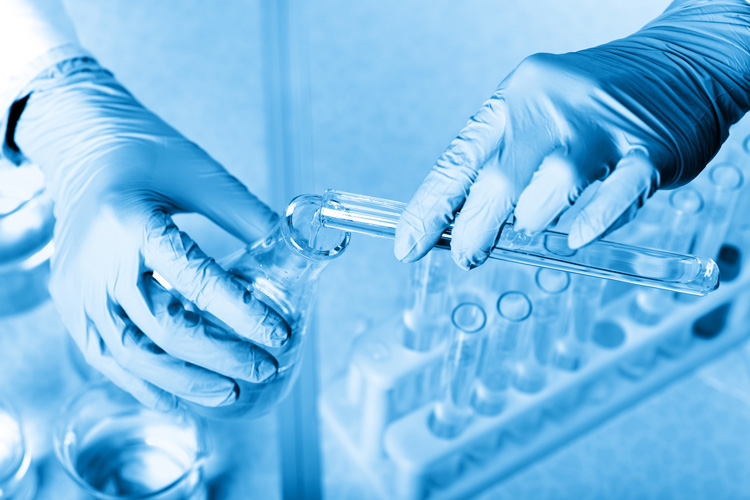Color Development and Fixation
In dye manufacture, Sodium Molybdate Dihydrate plays a crucial role in color development and fixation. When it comes to color development, it can participate in chemical reactions that lead to the formation of chromophores - the parts of a molecule that are responsible for its color. For example, in the production of certain azo dyes, Sodium Molybdate Dihydrate can act as an oxidizing agent or a catalyst in the coupling reactions that form the azo - bond, which is a key chromophore in these dyes. This helps in achieving the desired intense and vivid colors.
Regarding fixation, Sodium Molybdate Dihydrate can enhance the adhesion of dyes to the substrate. In textile dyeing, for instance, when dyes are applied to fabrics, the presence of Sodium Molybdate Dihydrate in the dye bath can improve the fastness properties of the dyes. Tests have shown that when cotton fabrics are dyed with a reactive dye in a bath containing Sodium Molybdate Dihydrate, the colorfastness to washing, rubbing, and light exposure is significantly better compared to dyeing without it. The molybdate ions can interact with the dye molecules and the fabric fibers, forming chemical or physical bonds that hold the dye firmly in place, preventing it from fading or washing out easily.
Chemical Structure Modification
Sodium Molybdate Dihydrate can also be involved in the modification of the chemical structure of dyes, thereby influencing their properties. Some dyes may require specific functional groups or structural arrangements to exhibit certain properties such as solubility, light - fastness, or affinity for different substrates. Sodium Molybdate Dihydrate can react with dye precursors or intermediate compounds to introduce or modify functional groups.
Take the example of anthraquinone - based dyes. In some cases, Sodium Molybdate Dihydrate can participate in oxidation - reduction reactions that alter the substituents on the anthraquinone ring. By introducing or modifying groups like hydroxyl (-OH) or amino (-NH₂) groups on the anthraquinone structure, the solubility, color shade, and light - fastness of the anthraquinone - based dyes can be adjusted. This structural modification can also change the way the dye interacts with different types of fibers. For example, a modified anthraquinone dye with an increased number of polar groups due to the influence of Sodium Molybdate Dihydrate in the synthesis process may have a higher affinity for polar fibers like cotton, resulting in better dye uptake and more uniform coloration.
Conclusion
In conclusion, Sodium Molybdate Dihydrate has diverse and essential industrial uses in the manufacture of alkaloids, dyes, and molybdenum red pigments. In alkaloid production, it acts as a catalyst and helps adjust the reaction medium, enhancing reaction efficiency and product yield. In the dye industry, it contributes to color development, fixation, and chemical structure modification of dyes, improving the quality and performance of dyes. In the manufacture of molybdenum red pigments, it serves as a key raw material for pigment formation and significantly improves pigment properties such as light - fastness and corrosion resistance.
Looking ahead, with the continuous development of the chemical industry and the increasing demand for high - quality products in various fields, the application of Sodium Molybdate Dihydrate in these manufacturing sectors is expected to expand. As research in materials science and organic synthesis progresses, new and more efficient manufacturing processes may be developed, further highlighting the importance of Sodium Molybdate Dihydrate. Additionally, efforts to optimize the use of this compound to reduce environmental impact while maintaining its effectiveness in these industrial applications will likely be an area of focus in the future.













